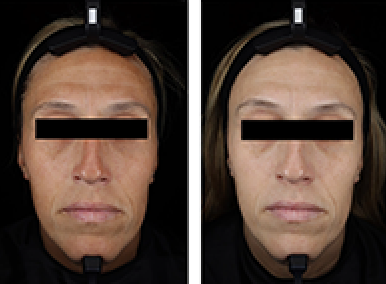Stay up-to-date on new clinical findings on Acne. View the latest articles, case reports, editorial features, supplements, Podcast episodes and more!
Stay up-to-date on new clinical findings on Acne. View the latest articles, case reports, editorial features, supplements, Podcast episodes and more!
James Q. Del Rosso DO
Some dermatologists may be surprised to hear that the concept of teledermatology originated 25 years ago, and has slowly increased in usage, primarily for the purpose of providing care to those in underserved areas.1 The challenges created by the COVID19 pandemic has rapidly accelerated both interest and usage of telemedicine by dermatologists, with the American Academy of Dermatology and other dedicated groups responding quickly to provide guidance on how to integrate teledermatology into real-world dermatology practice effectively, and hopefully with avoidance of technical, medicolegal, and financial pitfalls.2 Despite differences in opinion on whether teledermatology is beneficial to the specialty, it does provide some positive aspects for patients such as decreased travel time, faster access to care, and ability to reach underserved geographic areas. On the other hand, there are many challenges related to completeness of the visit, quality of images, legal considerations, individual state regulations, security issues, lack of a true sense of connection between the patient and clinician, and conflicts in management due to patients who independently seek care from multiple clinicians simultaneously.
JDD Podcast host Dr. Adam Friedman gets first-hand insight from internationally acclaimed pediatric dermatologist Dr. Lawrence Eichenfield on his recent study entitled “Hormonal Contraceptives and Acne: A Retrospective Analysis of 2147 Patients” published in the June 2016 edition of the Journal of Drugs of Dermatology. Want a refresher on the use of OCPs in Acne?
Interested in learning how to initiate a patient based survey study? Just curious how a leader in the field gets an uninterested adolescent to be compliant and engaged in his/her acne care? These are just a few of the practical pearls provided.
There is a need for new oral antibiotics for acne with improved safety profiles and targeted antibacterial spectra. A novel, tetracycline-class antibiotic specifically designed for acne, offering a narrow spectrum of activity compared with currently available tetracyclines, including less activity against enteric Gram-negative bacteria. This phase 2 study evaluated the efficacy and safety of three doses of novel antibiotic for moderate to severe facial acne vulgaris.
Of the four primary pathogenic factors that drive acne vulgaris—androgen excess, increased sebum production, faulty keratinization, and overgrowth of C. acnes—androgen excess has been the most elusive therapeutic target. Oral contraceptive pills (OCPs) have direct effect on circulating hormones, but their potential use is limited to a subset of women. As such, a sizable portion of the population affected by acne vulgaris cannot even consider treatment with OCPs. While these systemic agents are generally associated with a low risk profile and have a history of safe and effective use, they are not entirely risk-free. Indirect androgen modulation has become increasingly popular. Again, while generally safe and effective, this systemic treatment is not without risks and contraindications and it is also limited to a subset of female patients.
